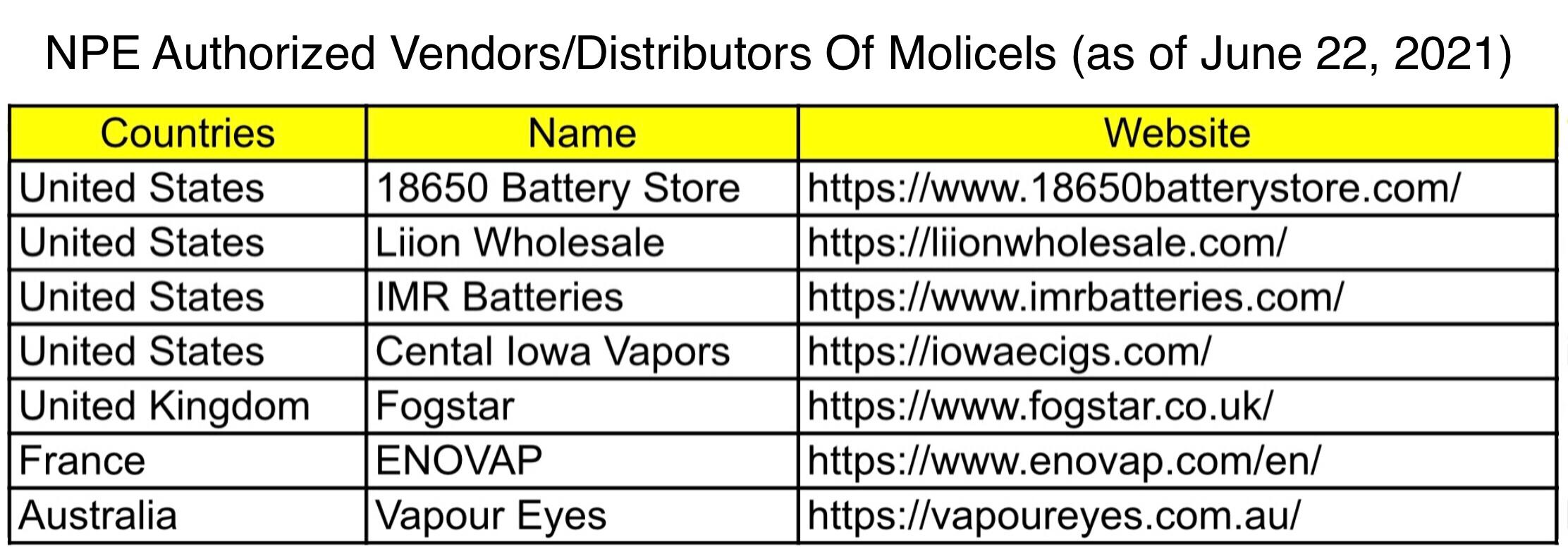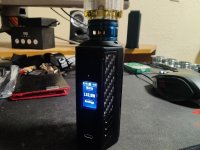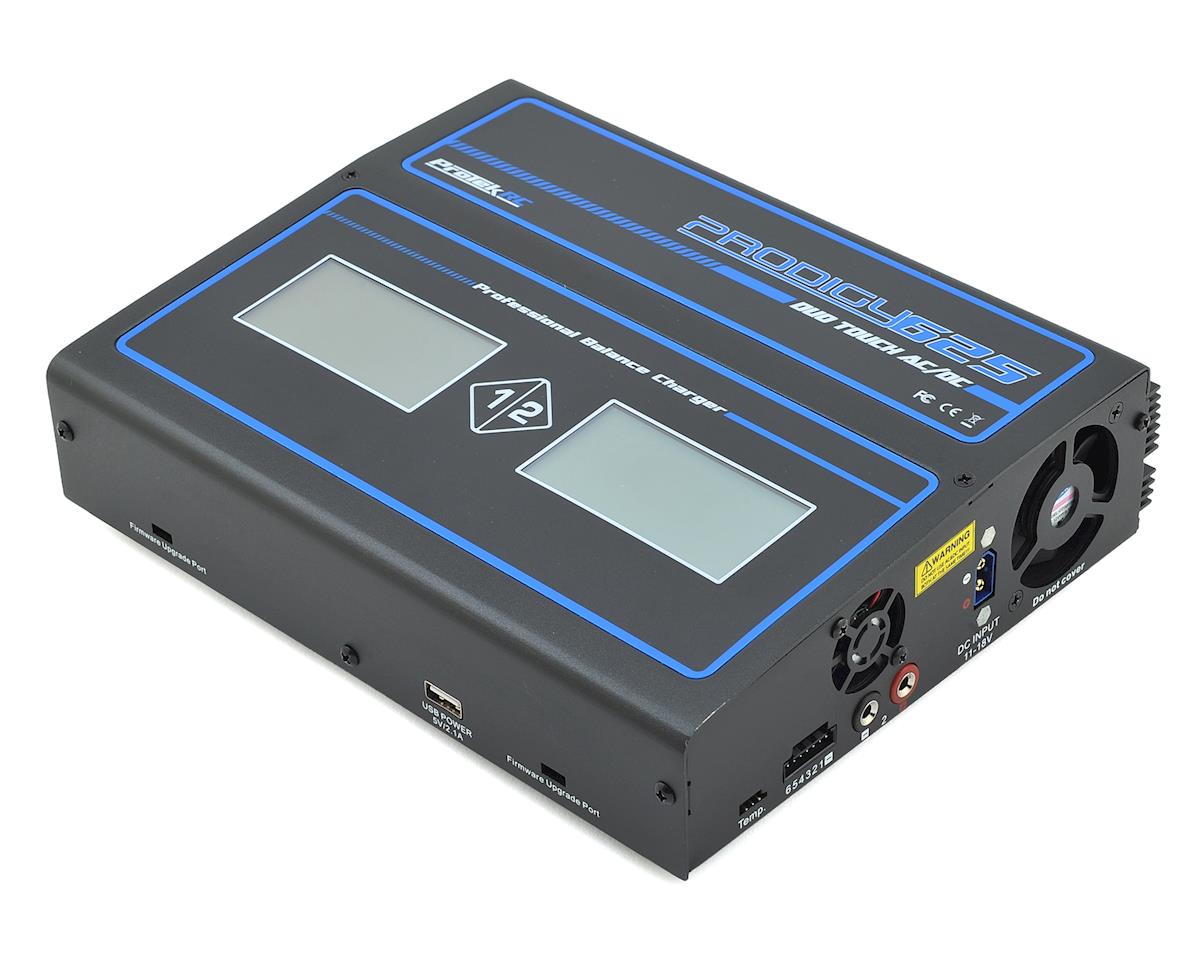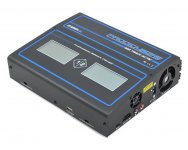WallacEngineering
Member For 2 Years
I just decided to get back into Vaping, but I have an issue. I think some of my 18650 cells are damaged. They have been in indoor, room temperature storage for nearly 2 years. My preferred cells are Sony VTC5A's for their brilliant balance of good capacity (2600mAH) and power output for high-wattage vaping capability (25 Amps). I pulled them out of storage and threw them on my EFEST LUC V6 charger. 6-Bay Chargers are perfect for me as my favorite mods are triple-18650 setups, such as my ThinkVape Triad DNA250C (my favorite box mod).
Some of the batteries began charging normally. They went onto the charger, the charger charged them at 0.68A charge rate, and a few hours later, they were ready, and appear to operate normally in the mod. However, some of them do not appear to be charging so normally. 2 cells in particular appear to be severely damaged. They went onto the charger at 3.10V, but as soon as they started taking charge, the voltage spiked right up to 4.19V in under 30 seconds and simply stayed there, slowly charging for about an hour, until it peaked to 4.20V and then stopped.
I need a way to properly test and/or detect the life of these 18650 cells, as well as a way to properly but them through "Refresh" cycles, where you slowly discharge them down to 3.10V VIA an intelligent charger, and them charge them back to full at a very slow rate under 0.50A so they can slowly come back to life. I build high-performance Hobby-Grade RC cars that use similar Lithium-Polymer battery packs such as Traxxas and Arrma cars, and this cell refreshment technique has been proven many times to help recover weak cells and bring them back to normal operation, although cells can of course become damaged beyond repair.
So, Im hoping some more modern chargers have come along that would allow me to do so. Are there any 3, 4, 6, or 8-bay chargers out there with truly adjustable charge rate (can you choose from 0.1A, 0.2A, 0.3A, 0.4A... ECT up to 2.0A)? Are there any chargers with a slow discharge cycle or cell life testing capability? Should I simply give up and throw away a bunch of perfectly good cells just because 2 of the 12 seem damaged and start over with a whole new set? Maybe upgrade to the newer Sony VTC5Ds which go up to 2800mAH and retain the 25A output?
Let me know what kind of modern chargers are out there, thanks in advance!
Some of the batteries began charging normally. They went onto the charger, the charger charged them at 0.68A charge rate, and a few hours later, they were ready, and appear to operate normally in the mod. However, some of them do not appear to be charging so normally. 2 cells in particular appear to be severely damaged. They went onto the charger at 3.10V, but as soon as they started taking charge, the voltage spiked right up to 4.19V in under 30 seconds and simply stayed there, slowly charging for about an hour, until it peaked to 4.20V and then stopped.
I need a way to properly test and/or detect the life of these 18650 cells, as well as a way to properly but them through "Refresh" cycles, where you slowly discharge them down to 3.10V VIA an intelligent charger, and them charge them back to full at a very slow rate under 0.50A so they can slowly come back to life. I build high-performance Hobby-Grade RC cars that use similar Lithium-Polymer battery packs such as Traxxas and Arrma cars, and this cell refreshment technique has been proven many times to help recover weak cells and bring them back to normal operation, although cells can of course become damaged beyond repair.
So, Im hoping some more modern chargers have come along that would allow me to do so. Are there any 3, 4, 6, or 8-bay chargers out there with truly adjustable charge rate (can you choose from 0.1A, 0.2A, 0.3A, 0.4A... ECT up to 2.0A)? Are there any chargers with a slow discharge cycle or cell life testing capability? Should I simply give up and throw away a bunch of perfectly good cells just because 2 of the 12 seem damaged and start over with a whole new set? Maybe upgrade to the newer Sony VTC5Ds which go up to 2800mAH and retain the 25A output?
Let me know what kind of modern chargers are out there, thanks in advance!




